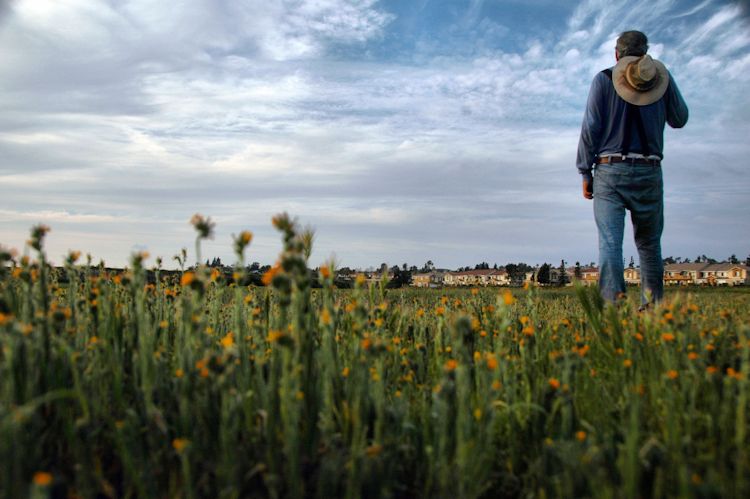Pax Nortona – A Blog by Joel Sax
From the Land of the Lost Blunderbuss
Home - Daily Life - Festivals - Day of Two Feasts
Day of Two Feasts
Posted on December 25, 2002 in Festivals Myths & Mysticism
Today is sacred, both for Christians and Zoroastrians: it marks the birth of Christ and the death of Zoroaster.
Before an agent of Ahriman murdered Zoroaster, the Prophet told his followers that three Saviors would follow him. The first would come 1000 years later. His birth would be heralded by a shower of stars from the sky. He would be born of a virgin and for thirty years, live simply upon the earth as an ordinary man. At the age of thirty, however, he would begin to preach a message of peace among humans. For three years, he’d continue his teaching until the power of Evil overwhelmed him and resumed its dominance on the Earth.
Only 500 years separate the death of Zoroaster and the birth of Christ. Many aspects of the legend made it into the Bible, however, as anyone who has heard the Christmas story or read the gospels of Matthew and Luke know. The three “Kings of the East” or “Wisemen” have been identified as Magi, priests of Zoroastrianism. Unusual cosmic activity such as a gigantic comet or an unusually large meteor shower would have been seen by them as a fulfillment of the prophecy. They would leave their homes to confirm the coming of Aushedar, the first of the three prophets, because his birth signaled the first successful battle against Ahriman, the Prince of the Lie.
Last night, I read the Protevangelion, a apocryphal book which purports to be the eyewitness account of the apostle James, son of Joseph and the older brother of Jesus. According to this story, the Virgin Mary (James and his brother Samuel are the children of Joseph’s first wife), feels her labor pains while enroute to Bethlehem and needs to take shelter in a cave while Joseph races off to find a midwife. James delivers Jesus himself. When the midwife, whose name is Salome, arrives, she burns her hands in a fire that the boys have lit. The Christ child has already been born, she sees. She reaches to touch him and, when she does, her wounds heal.
Meanwhile, in Jerusalem, the Magi arrive and tell Herod why they have come. Per tradition, Herod dispatches his soldiers to find this potential usurper of the crown. His chief suspect, however, is not the Christ child, but the son of the priest Zacharias, John the Baptist. Zacharias, having been warned, sends his wife and young son away. They flee into the wilderness. When their way is blocked by steep mountain slopes, a pass between the summits opens and they rush through it before the soldiers can find them. When the soldiers search the Temple for the young John and interrogate Zacharias, the priest will not tell him where the supposed savior is. They slay him there, in the Holy of Holies. A timid worshipper enters the Temple when Zacharias fails to come out to deliver the traditional blessing and finds the corpse. An angel speaks to the man, telling him that the blood will not be wiped away until “his revenger” comes. The man tells the other priests and they find that the blood has become as hard and immovable as a rock.
Meanwhile, in Bethlehem, Joseph, Mary, and the three boys arrive. There’s no room at the Inn and the town is a-titter with talk of the soldiers slaying every infant that they find. To protect the baby Jesus, Mary places him in an ox-manger. They wait in the stable until an opportunity arises for them to mount the donkey and flee to Egypt.
May the joy of these festivals of light accompany you everywhere in this season of winter darkness.
And may my Australian readers put a couple of prawns on the barbie for me.

